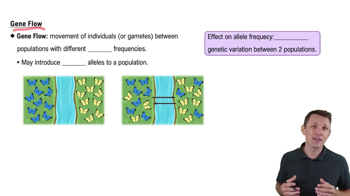Which of the following is a false statement about photosynthesis?
a. During the light-independent reactions, electrons and ATP from the light reactions combine with atmospheric carbon dioxide to produce sugars.
b. The light-independent reactions take place in the chloroplast stroma.
c. Oxygen produced during the light-independent reactions is released into the atmosphere.
d. Chlorophyll absorbs blue and red light and reflects green light.
e. The end product of photosynthesis is a carbohydrate such as glucose.






